Warhammer 40k has different game modes to provide players with a variety of ways to play the game. Each game mode has its own unique set of rules, objectives, and play styles, which can appeal to different types of players.
For example, matched play is designed to be highly competitive, with players building armies with a specific point limit and using carefully crafted strategies to defeat their opponents in tournaments and other high-stakes games.
Open play, on the other hand, is much more free-form, allowing players to use any models they want and invent their own missions, making it ideal for casual games or trying out new armies.
Narrative play allows players to recreate famous battles from the lore of the 40k universe, and create their own stories and characters, which can be very appealing for players who enjoy the storytelling aspect of the game.
By offering these different modes, Warhammer 40k can cater to a wide range of audiences and play styles, making it a game that can be enjoyed by many.
10) Team play

This game mode is suitable for those just getting started with Warhammer 40,000 or for trying out new models as you build your way to a larger force. It is also beneficial for having someone to chat with, witness dice rolls, and share the good and bad times. Additionally, Warhammer 40,000 8th supports 1v1v1v1 style multiplayer games.
Therefore, team play game mode is different from the rest because it involves multiple players working together in a battle instead of just two individual players. It provides an opportunity for new players to learn from more experienced players and for players to try out new models in a cooperative setting.
9) Combat Patrol
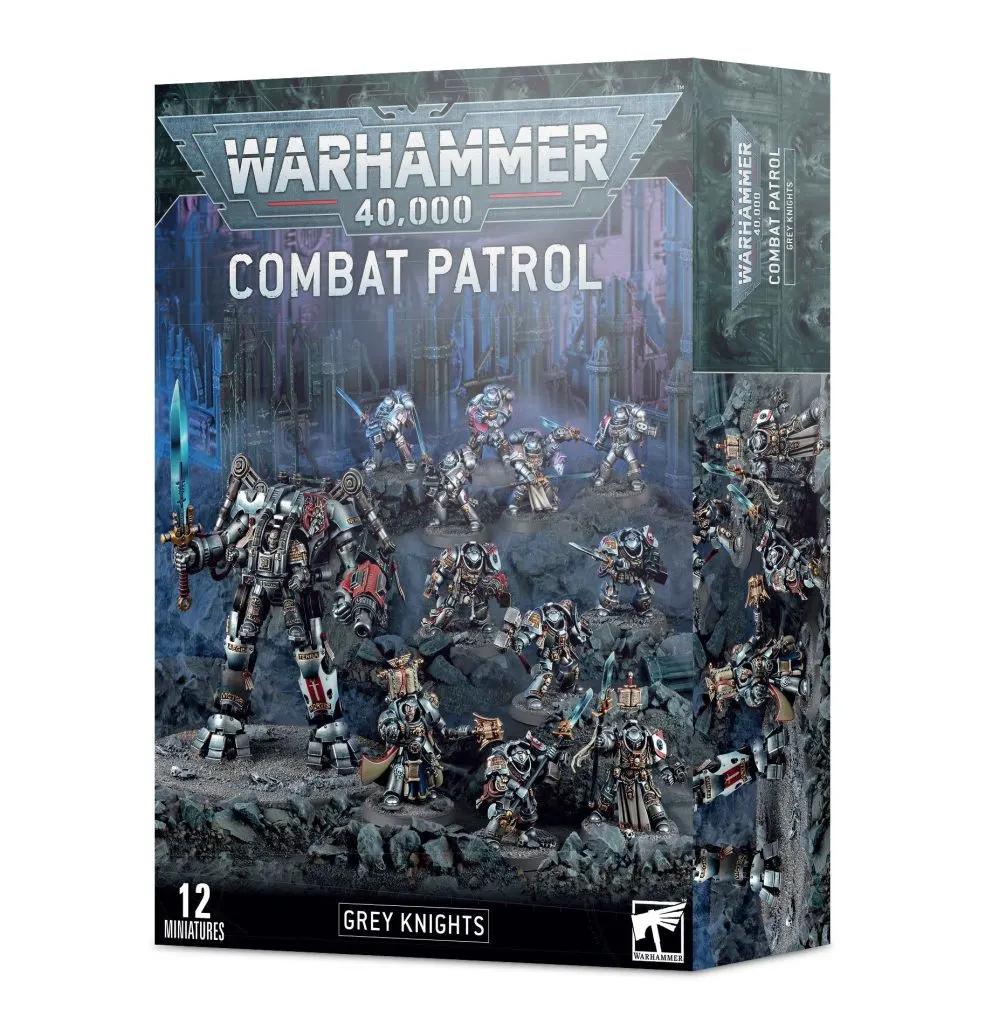
Combat Patrol is a game mode that focuses on small-scale battles between patrols of units. Each player typically controls a force of 500-1000 points, with a focus on fast and tactical gameplay.
Great if you want to play quick, fast-paced games. Combat Patrol often involves players using pre-set missions and objectives, and using their tactical skills to outmaneuver and outsmart their opponents.
Combat patrol allows players to quickly get into the action and experience the thrill of combat without the time commitment of larger games. This makes it an ideal game mode for new players who are just starting out and want to learn the basics of the game without feeling overwhelmed.
It is also a great option for experienced players who want a quick and fun game that they can play with friends or at a gaming club.
Encourages players to be more strategic with their army compositions, as they must carefully select which units they will bring to the battlefield. This can lead to more diverse and interesting armies, and players must carefully consider how they will use their units to achieve their objectives.
Allows players to experiment with different playstyles and tactics in a smaller, more controlled environment. This can be a great way to test out new units or armies and see how they perform in battle.
8) Cities of Death
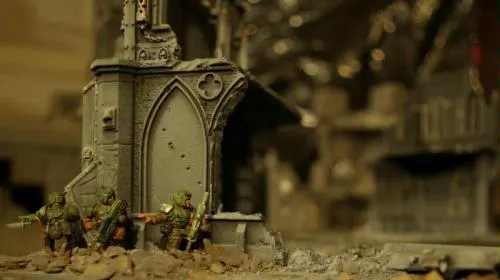
Cities of Death is a game mode that takes place in urban environments, with a focus on vertical gameplay and strategic positioning. experiment with different army compositions and tactics in a unique setting.
Cities of Death often involves players using custom rules and settings to simulate the challenges and dangers of fighting in a city, such as narrow streets, tall buildings, and hidden snipers.
7) Planetstrike

Planetstrike is a unique game mode in Warhammer 40k as it represents planetary invasions where players take opposing roles of attackers and defenders.
It was released as an expansion book for Warhammer 40,000 in 2009 as part of the 5th Edition of the game.
The game mode is different from others as it involves a different setup and strategy. The Planetstrike game mode also includes specific rules for organizing a battle and stratagems
6) Zone Mortalis
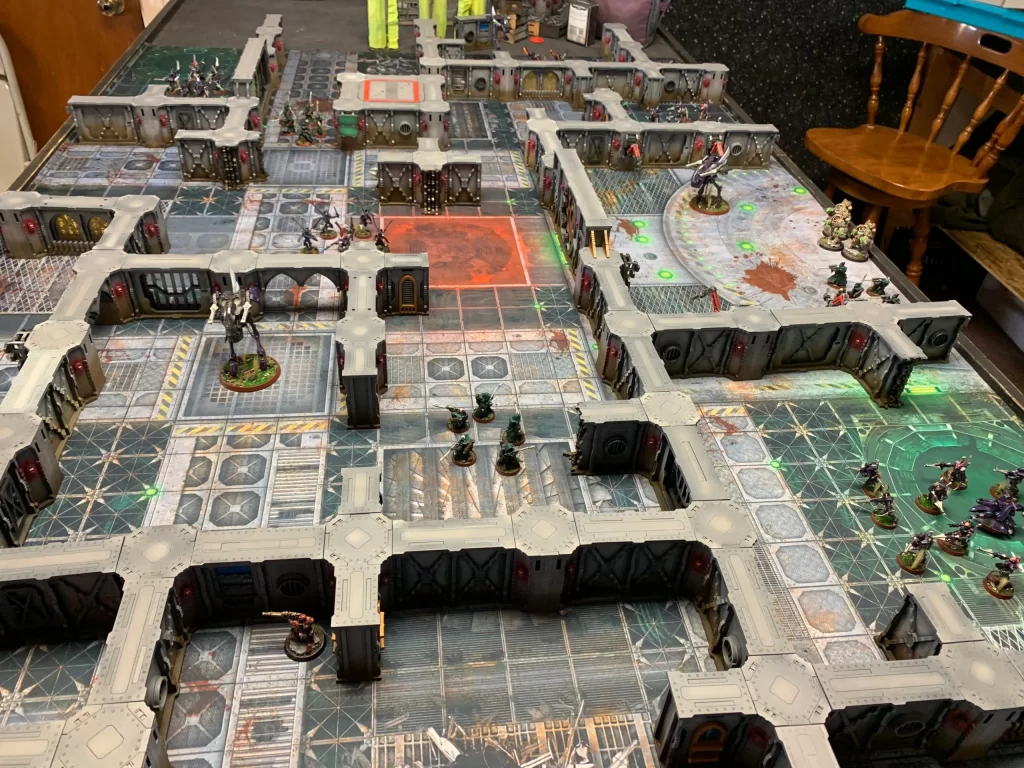
Representing a fight in the underhive, an underground bunker, or a boarding action on a spaceship. These are tightly confined battlefields, such as filthy sewer systems, claustrophobic warships, or the twisting corridors of a bunker complex, which are different from the larger battlefields used in regular 40k gameplay.
The main difference between Zone Mortalis and the more usual Warhammer 40,000 scenery is that all of the columns and walls block line of sight fully, providing more opportunities for fighters to move through the terrain without taking on enemy fire.
The ruleset for Zone Mortalis is primarily intended for the Horus Heresy, but it can work well with Kill Team, though not necessarily the regular 40k gameplay because it lacks specific rules for it.
5) Apocalypse
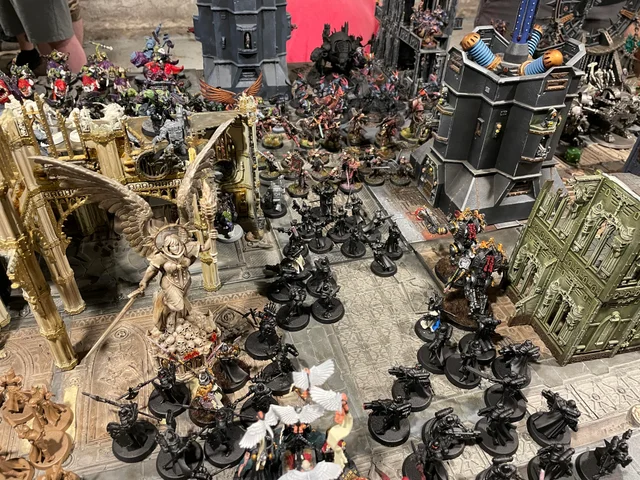
The Apocalypse gamemode in Warhammer 40k is different from the rest because it allows players to field massive armies that are unwieldy using the basic Warhammer 40k ruleset.
This gamemode involves cataclysmic warfare where vast armies are arrayed against each other, and each army can comprise many hundreds of models, from entire companies of infantry and tanks to Knightly households.
Additionally, the unit stats in Apocalypse seem to reflect the lore better than regular 40k, and there are not a lot of standout units, as most units do what you expect them too
4) Kill Team
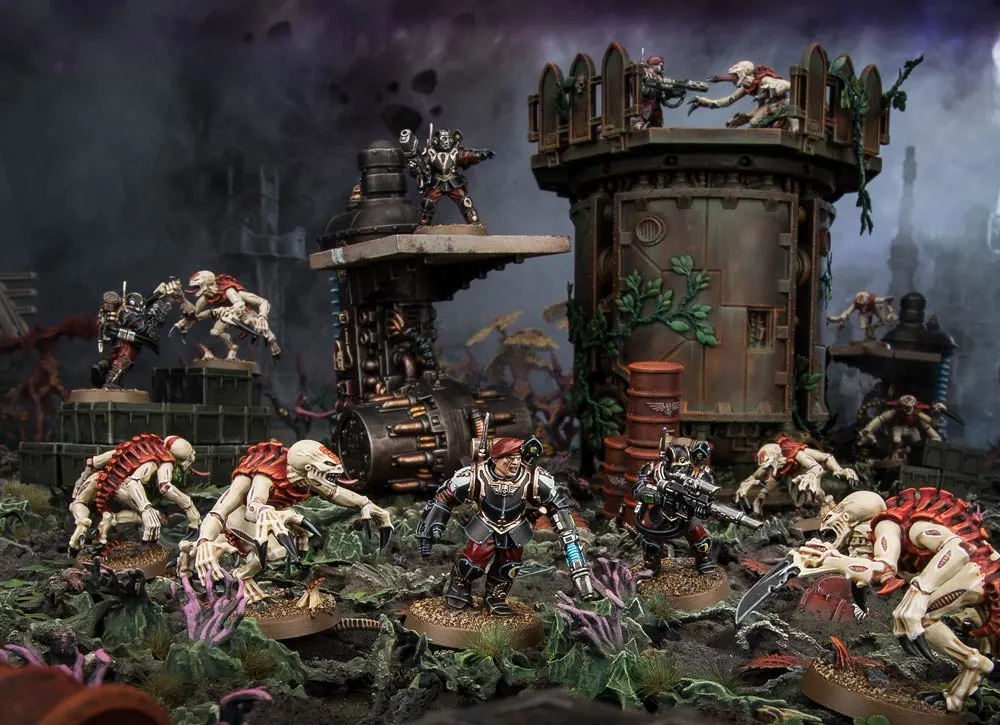
Kill Team is a distinct game from Warhammer 40,000, and has unique rules and gameplay mechanics. While Warhammer 40,000 is focused on larger-scale battles, with armies consisting of many units, Kill Team is a skirmish-level game where players control a small squad of individual models.
The rules for Kill Team are bespoke and no longer based on the Warhammer 40,000 rule set, allowing for more tactical skirmish combat where each soldier counts. Furthermore, each model in Kill Team acts on their own, whereas most units in Warhammer 40,000 are part of a larger squad that has to act in concert.
Additionally, Kill Team has been completely rebuilt and offers players the chance to relive tense and gritty spec ops missions full of heroic moments and nail-biting action [1]. According to Polygon, Kill Team is also the best place to start for those who want to get into Warhammer 40,000, as it offers a lower entry point in terms of cost and complexity
3) Matched Play
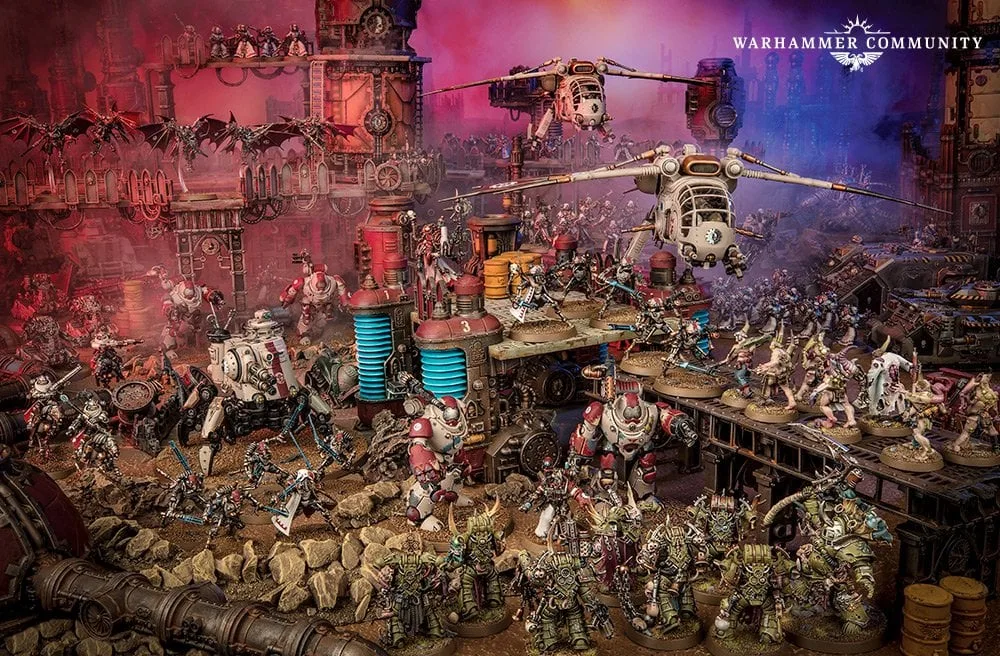
Rules
Matched play in Warhammer 40k is different from Open and Narrative play because it focuses on providing a balanced and competitive gaming experience between evenly-matched armies in symmetrical scenarios.
According to Wahapedia, matched play offers the most mechanically balanced Warhammer 40,000 gaming experience, with granular, in-depth army selection and a range of mission packs that present clearly defined and competitive victory conditions. Matched Play games also use more granular points rather than power levels, and have missions generally aimed at providing a competitive play experience rather than storytelling
2) Narrative Play

Narrative play often involves customized rules that are tailored to the specific scenario being played. For example, a game set in a toxic wasteland might feature rules for hazardous terrain and environmental effects, while a game set in a space station might feature zero-gravity rules and rules for boarding actions.
Overall, narrative play is all about creating a rich and immersive story on the battlefield, where players have the freedom to customize their armies, characters, and objectives to fit their own narrative vision. It offers a more creative and open-ended approach to playing Warhammer 40,000, and can be a great way to explore the rich universe of the game.
1) Open Play
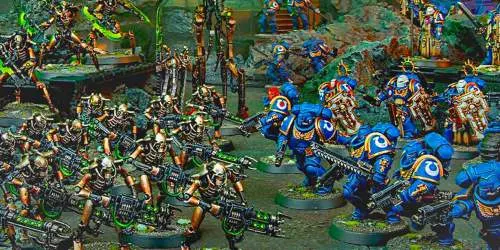
Open play is a good game mode in Warhammer 40k because it provides a free-form and permissive style of play that allows players to deploy their armies without worrying about points and power, invent their own missions, play highly themed and entirely unbalanced games, or anything else that they think will prove enjoyable.
It is the most flexible system that allows the use of any models in the game to achieve any sort of objective.
Additionally, open play emphasizes creativity and self-expression through the medium of the game, whether that means putting together lore-friendly heroes, or building the Orkiest vehicle to ever hit the battlefield.
